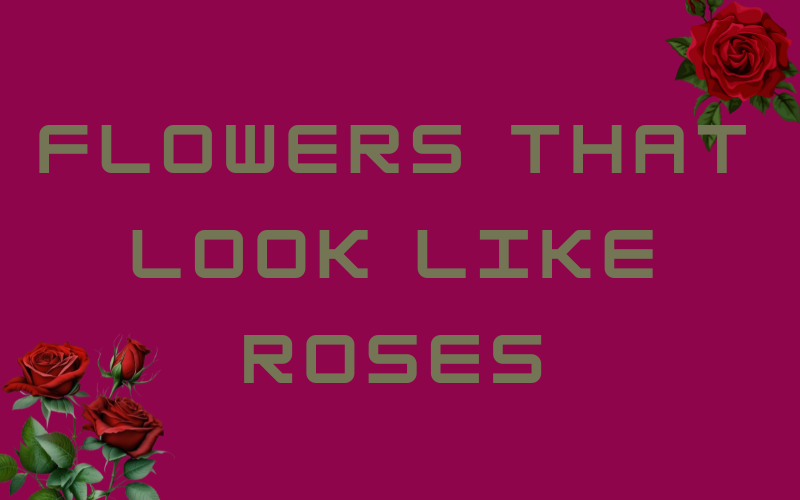While roses are undoubtedly the epitome of beauty and elegance, there are several other flowers that look like roses adding a touch of splendor to any garden or bouquet. One such flower is the peony, which showcases lush, ruffled petals in various shades of pink, red, and white.
The peony’s full blooms and delicate fragrance make it a popular choice among floral enthusiasts. Another flower that bears a striking resemblance to the rose is the camellia. With its perfectly symmetrical petals and a range of vibrant colors, including red, pink, and white, the camellia exudes a sense of timeless beauty.
Additionally, the ranunculus features layers of silky petals that closely resemble those of a rose, available in an array of captivating hues like soft pastels and bold oranges. These flowers not only mimic the beauty of a rose, but they also offer their unique charm and allure, making them an excellent choice for any floral arrangement or garden display.
Flowers That Look Like Roses
Peonies
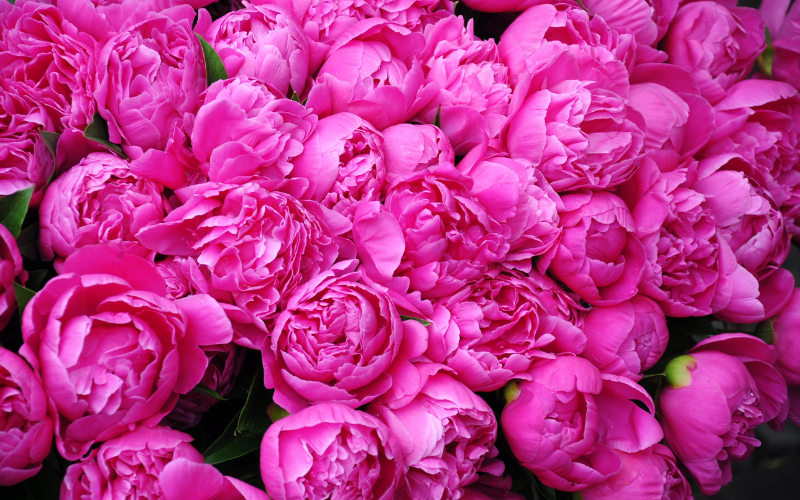
The Peonies is a beautiful flower. It is scientifically known as Paeonia. Peonies are native to Asia, including regions in China, Japan, and Korea. Peonies produce large, bowl-shaped, or cup-shaped flowers with numerous petals.
The flowers come in various colors, including shades of white, pink, red, coral, and yellow. The peonies typically bloom in late spring to early summer. In Chinese culture, peonies are considered the “King of Flowers” and are associated with wealth, honor, and good fortune.
Begonias

The Begonias is a lovely and adaptable flower. Begonias are native to tropical and subtropical regions of the world, including Central and South America, Africa, and Southeast Asia. The flower colors range from white, pink, red, orange, and yellow to shades of purple and various bi-color combinations.
The begonias can bloom from late spring to early fall, with some varieties blooming almost year-round in warm climates. These flowers are also relatively easy to care for, making them a perfect choice for gardeners.
Ranunculus
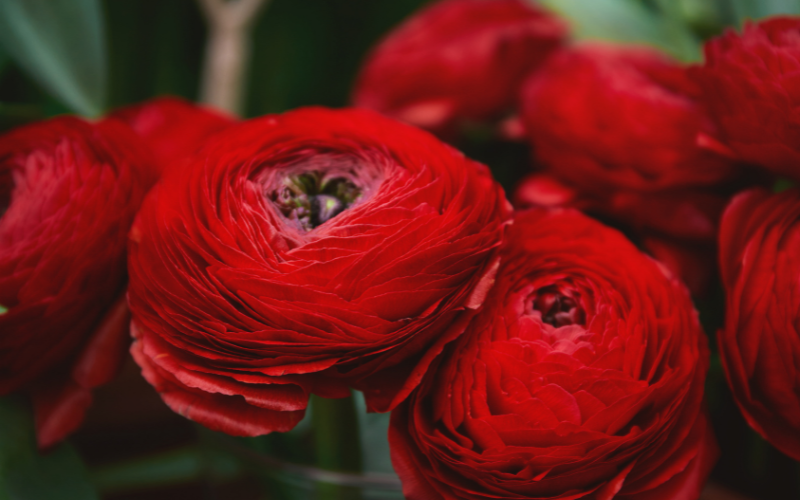
Ranunculus is a stunning flower. It is scientifically known as Ranunculus asiaticus. It is native to Asia and Europe. They come in various colors, including white, yellow, orange, pink, red, and purple, with many bi-colour options as well.
Ranunculus typically blooms in late winter or early spring. The ranunculus is relatively easy to grow and is suitable for both garden beds and containers. With proper care, these flowers can last for several weeks.
Gardenias
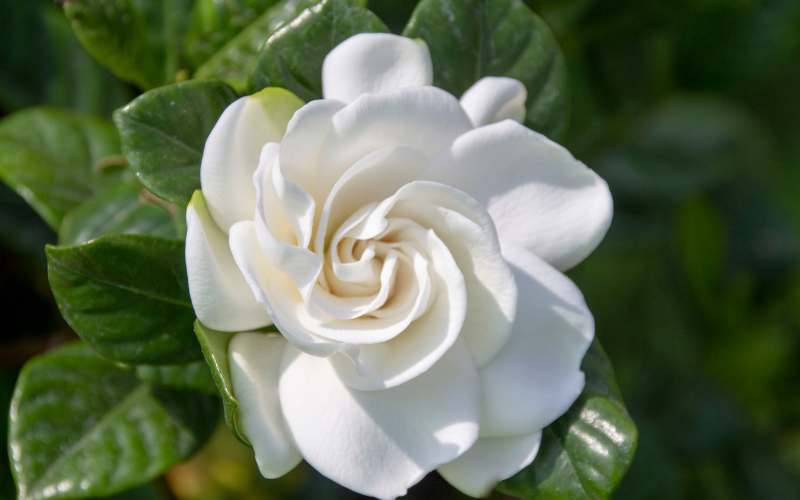
Gardenias are highly aromatic and beautiful flowering plants. It is scientifically known as Gardenia jasminoides. Gardenia flowers are typically white or cream in color and have a distinct funnel or star-shaped form.
It is in bloom from late spring through summer. Gardenias are native to tropical and subtropical regions of Asia, including countries such as China, Japan, Taiwan, and Vietnam. They can reach heights of about 2 to 6 feet, depending on the variety.
Double impatiens
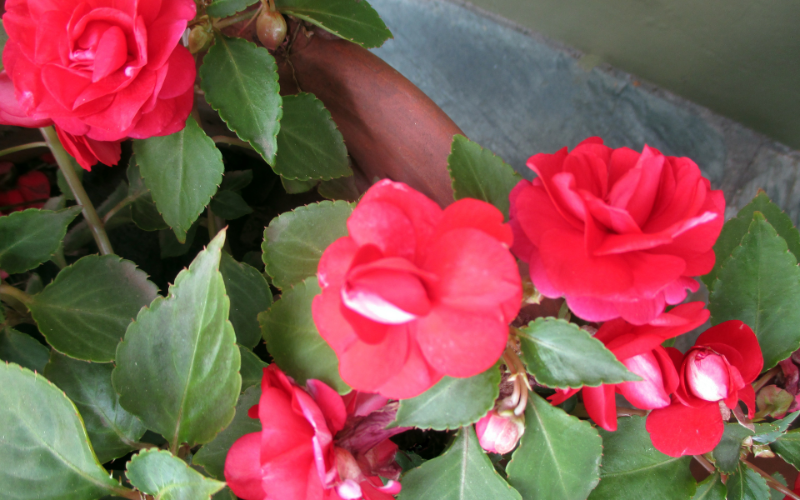
Double impatiens (Impatiens walleriana) is a popular flowering plant. It is native to East Africa. The flowers come in a wide range of colors, including shades of pink, red, purple, orange, white, and bicolor varieties.
These plants require regular watering to keep the soil consistently moist. Double impatiens are generally sensitive to extreme temperatures. They prefer a cool, mild climate and will suffer in hot summer temperatures or freezing winters.
Double tulips
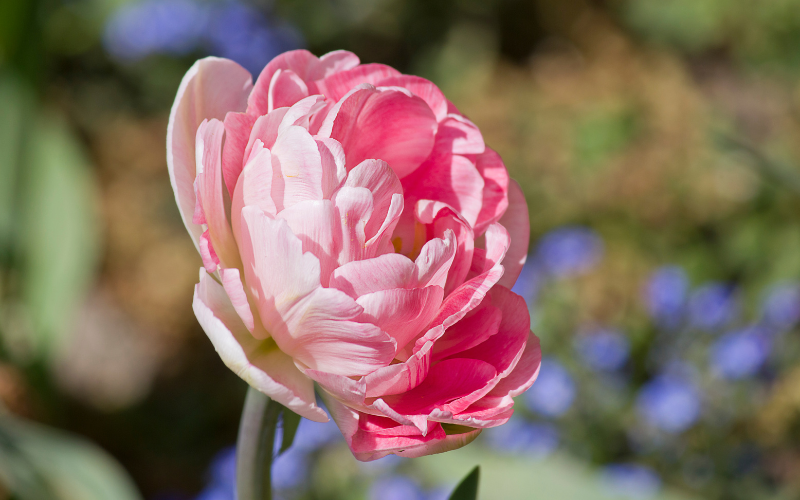
Double tulips are a beautiful flower. These unique blooms feature multiple layers of petals, creating a stunning display of color and texture. The range of colors available in double tulips is astounding, from vibrant reds and pinks to soft pastels and pure whites.
This diversity allows for endless possibilities when it comes to creating visually stunning displays. Their allure is not just limited to their appearance; double tulips also emit a delightful fragrance that adds an extra sensory dimension to any space they grace.
Lisianthus
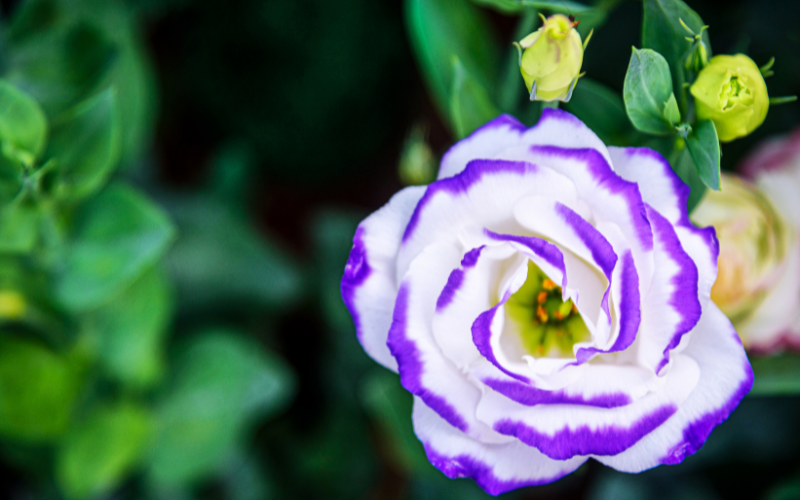
Lisianthus (Eustoma grandiflorum) is a stunning flowering plant. It is also known as Texas Bluebell or Prairie Gentian. It is native to the southern United States, Mexico, and parts of South America. They come in various colors, including white, blue, purple, pink, and even bicolor varieties.
Lisianthus thrives in well-draining soil with good fertility. It prefers full sun but can tolerate partial shade, especially in hotter climates. Lisianthus prefers moderate temperatures and can be sensitive to extreme heat or cold. It is generally a warm-season plant and performs best in regions with mild springs and falls.
Camellia
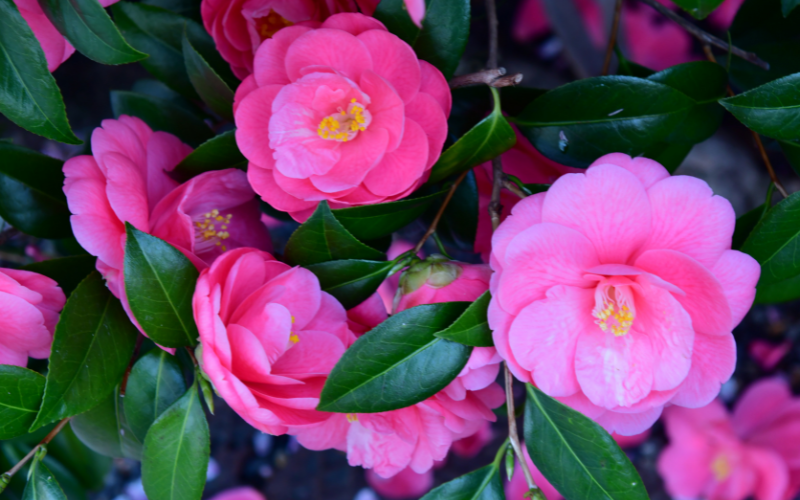
Camellia is a stunning and fragrant flower. It is native to eastern and southern Asia, particularly China, Japan, Korea, and parts of Southeast Asia. Camellia flowers are typically large, with a symmetrical shape and numerous petals. They come in various colors, including shades of white, pink, red, and sometimes yellow.
Camellia flowers are typically large, with a symmetrical shape and numerous petals. They come in various colors, including shades of white, pink, red, and sometimes yellow. They prefer cool to mild temperatures and can be damaged by freezing temperatures.
Dahlia
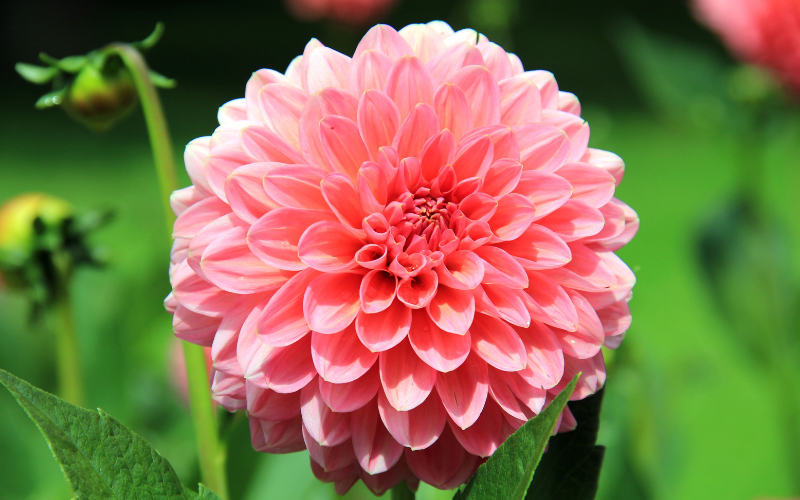
Dahlia is a beautiful flower. It is native to Mexico, Central America, and Colombia. Colors vary widely, with options such as white, yellow, orange, pink, red, purple, and bi-color combinations. Dahlias thrive in well-draining, fertile soil.
They prefer full sun and require at least 6-8 hours of direct sunlight daily for optimal growth and blooming. Dahlias can be planted in the ground or in containers, depending on your preference and space. Some dahlia varieties can grow tall and may require staking or support to keep them upright and prevent breakage.
Carnations
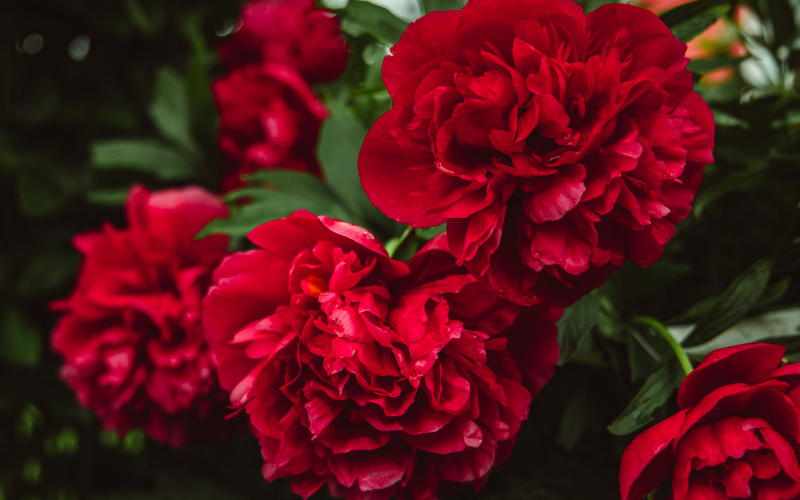
Carnations (Dianthus caryophyllus) are charming and popular flowering plants. They come in various colors, including white, pink, red, yellow, and purple, as well as bicolor and striped varieties. Carnations prefer well-draining soil that is rich in organic matter.
They thrive in full sun to light shade, with at least 4-6 hours of direct sunlight daily. Carnations are not only visually appealing but also carry symbolic meanings. They are often associated with love, fascination, and admiration, making them a perfect gift for expressing affection or appreciation.
Conclusion
We hope you enjoyed our blog post on flowers that look like roses. While roses are undeniably beautiful, it’s always exciting to discover other flowers that possess similar beauty and charm. From the elegant peony to the romantic ranunculus, there are a variety of blooms out there that can easily be mistaken for roses.
Whether you’re looking for alternatives to roses for a special occasion or simply want to expand your floral repertoire, these flower options are sure to captivate and impress. Don’t be afraid to experiment and add a touch of variety to your floral arrangements. Thank you for reading, and we hope our post has inspired you to explore the world of flowers that look like roses!
